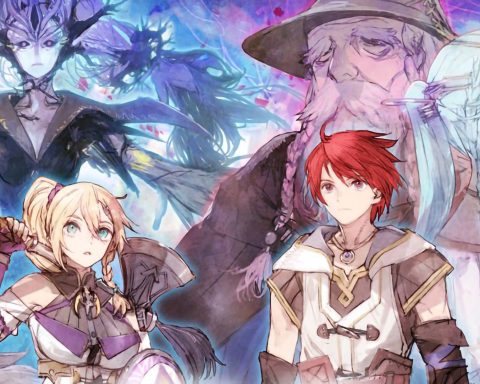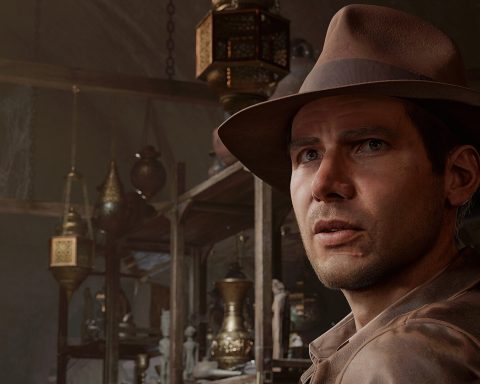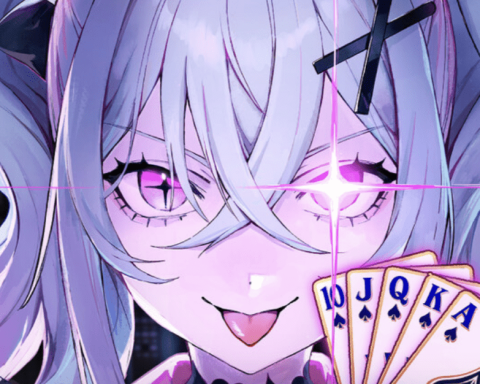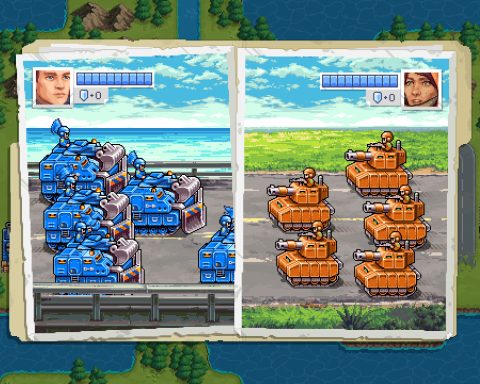If you’ve ever played a Spiderweb Software game then you’ll know what the one-man (Jeff Vogel) studio does. Each of his games follows a very specific formula – isometric top-down classic RPG questing in the vein of such works of art as Baldur’s Gate.
 You’ll need to be willing to do plenty of reading, too, and I can’t emphasise this enough; at a time where modern development wisdom is to keep scenes short and sharp and reading text to an absolute minimum, Vogel remains comfortable in giving players paragraphs of text at a time, and that starts to make sense in the context of how limited the visual engine really is. It’s not just that the characters are grainy figures with minimal animation, it’s the fact that in order to understand what’s going on in the game, you’re going to need to read it happening.
You’ll need to be willing to do plenty of reading, too, and I can’t emphasise this enough; at a time where modern development wisdom is to keep scenes short and sharp and reading text to an absolute minimum, Vogel remains comfortable in giving players paragraphs of text at a time, and that starts to make sense in the context of how limited the visual engine really is. It’s not just that the characters are grainy figures with minimal animation, it’s the fact that in order to understand what’s going on in the game, you’re going to need to read it happening.  I know there are plenty of players out there that simply skip through text and even the RPG developers have had to find ways to compensate for this. For instance, the “decision wheel” in games like the Mass Effect series came about to present players with easy options (and projected consequences) without the player needing to really stop and think. It turned moral decision making into a reactive, instant response. There’s none of that in Avadon. Dialogue trees are still represented as they were pre-Mass Effect with a list of responses that need to be carefully weighted and interpreted. Each of those options will lead to further reading. An especially important conversation can run on for some minutes before finally being resolved.
I know there are plenty of players out there that simply skip through text and even the RPG developers have had to find ways to compensate for this. For instance, the “decision wheel” in games like the Mass Effect series came about to present players with easy options (and projected consequences) without the player needing to really stop and think. It turned moral decision making into a reactive, instant response. There’s none of that in Avadon. Dialogue trees are still represented as they were pre-Mass Effect with a list of responses that need to be carefully weighted and interpreted. Each of those options will lead to further reading. An especially important conversation can run on for some minutes before finally being resolved.
 If you’re able to stretch your imagination beyond the visuals you’re in for a rich pulp fantasy world of diabolical villains, horrific monsters and exotic villages to explore. Vogel’s style of fantasy has always been rooted in the Dungeons & Dragons aesthetic of the 80’s, and frankly it’s good that these developers still exist, because it’s a unique style that I would hate to see disappear completely.
If you’re able to stretch your imagination beyond the visuals you’re in for a rich pulp fantasy world of diabolical villains, horrific monsters and exotic villages to explore. Vogel’s style of fantasy has always been rooted in the Dungeons & Dragons aesthetic of the 80’s, and frankly it’s good that these developers still exist, because it’s a unique style that I would hate to see disappear completely.  Which is why it’s disappointing that for all the narrative depth and rich world that Vogel has created, the combat itself is a little too shallow for its own good. The skill tree is a generation old in that it is thin and quite restrictive in terms of how customisable the individual characters are. There’s some freedom in terms of the party construction (in that you can pick and choose your own mix of character roles), but each individual character remains tied to a specific role throughout the whole game.
Which is why it’s disappointing that for all the narrative depth and rich world that Vogel has created, the combat itself is a little too shallow for its own good. The skill tree is a generation old in that it is thin and quite restrictive in terms of how customisable the individual characters are. There’s some freedom in terms of the party construction (in that you can pick and choose your own mix of character roles), but each individual character remains tied to a specific role throughout the whole game. 







